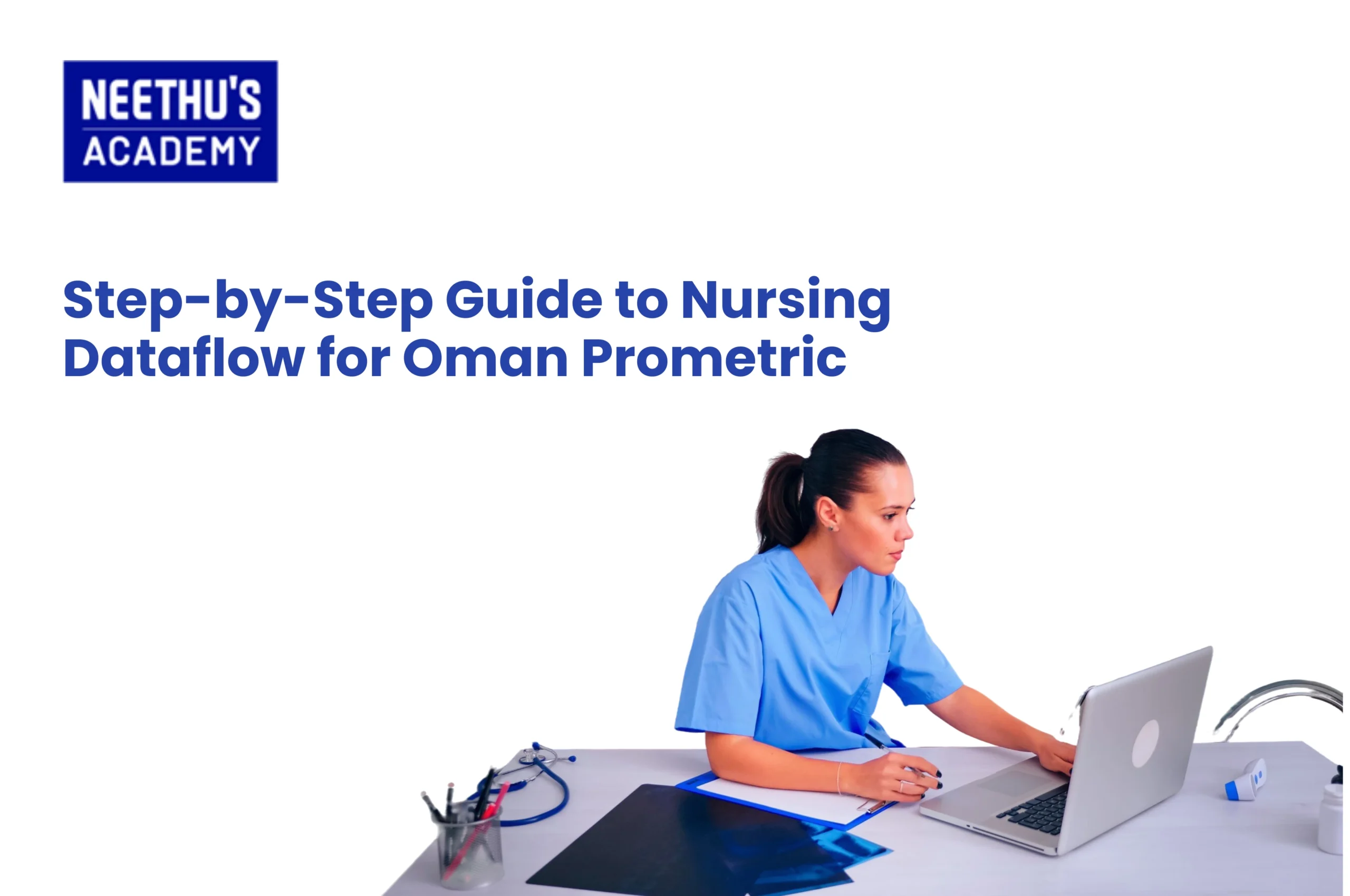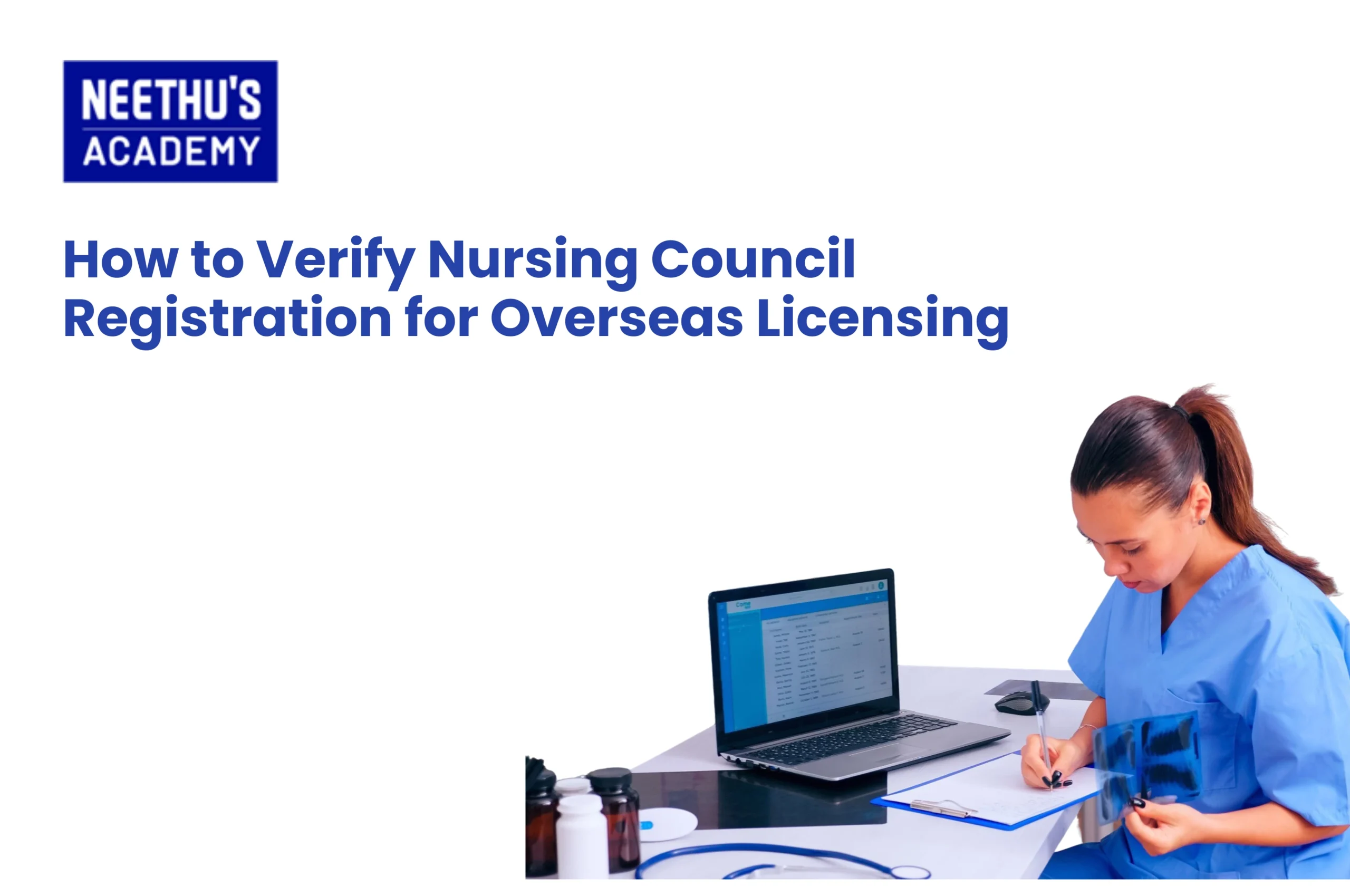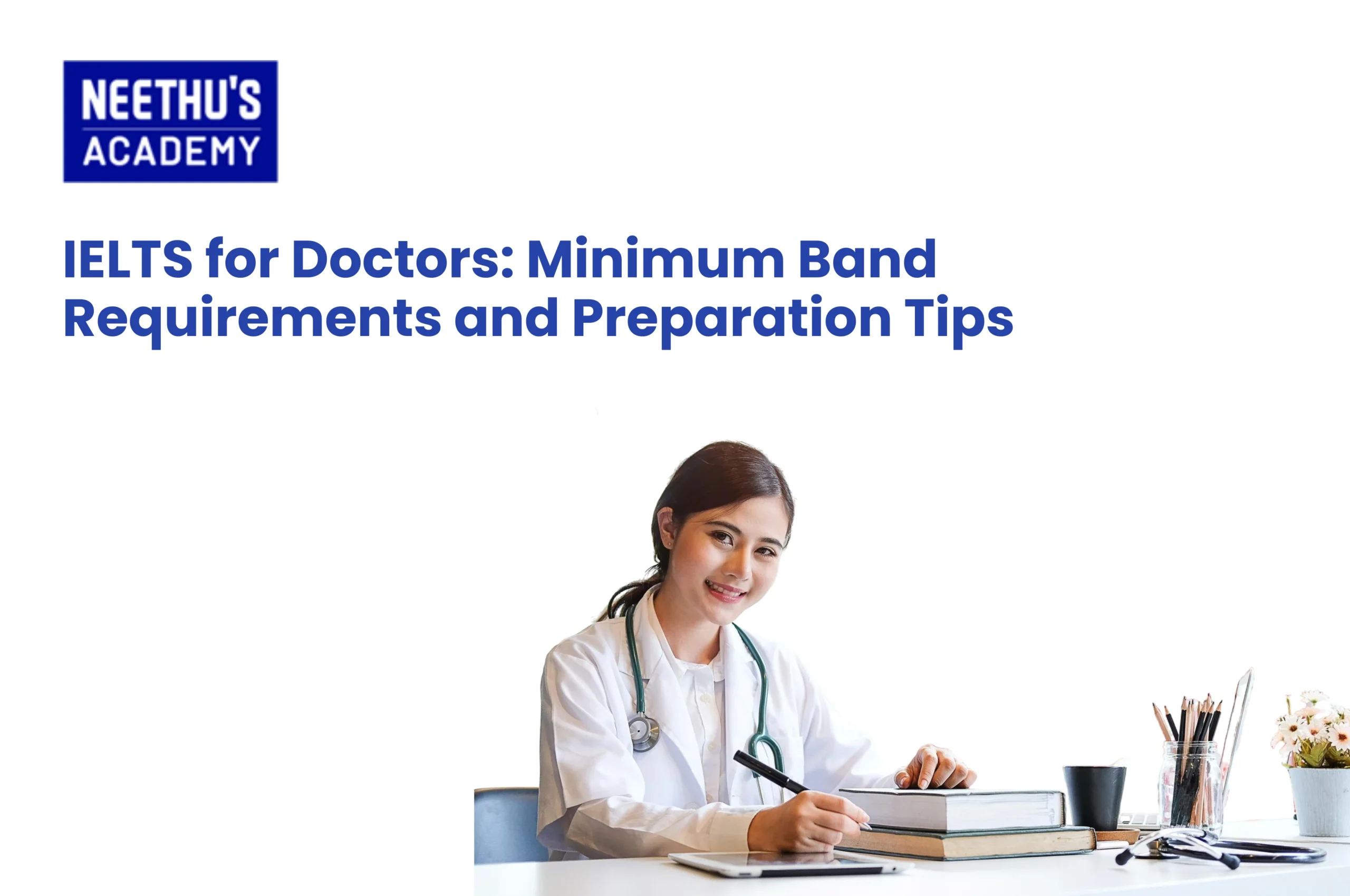For doctors, the Reading module is of extreme importance as it assesses the ability of a doctor to comprehend complex medical texts,…

OET Listening Strategies For Pharmacy Consultations
For internationally trained pharmacists looking to practice in English-speaking countries such as the UK, Australia, or New Zealand, passing the Occupational English Test (OET) is a necessity. Of its four sub-tests—Listening, Reading, Writing, and Speaking, the Listening test is an important part that checks your ability to comprehend spoken English in healthcare settings.
In particular, for pharmacists, with healthcare consultations, the OET Listening Part A is most relevant to actual pharmacy situations. Having the ability to pick up key points, including symptoms, medication names, dosages, and patient queries, is essential to passing this section.
In this blog, we’ll discuss OET Listening tips for pharmacy consultations, talk about the most frequently encountered issues, and give good practice tips that will enable you to enhance OET listening and feel confident to take the exam.
Understanding the OET Listening Test for Pharmacists
The OET Listening Test is three sections long and takes around 40 minutes:
- Part A – Consultation Extracts: Two different patient-health professional interactions. You have to fill in notes as you listen.
- Part B – Brief Workplace Extracts: Six brief extracts with one multiple-choice question per extract.
- Part C – Presentation Extracts: Two longer monologues or interviews on healthcare issues. Each consists of six multiple-choice questions.
Part A assesses your capacity to extract specific information under real-time conditions.
Common Challenges in Pharmacy Consultations in OET
Pharmacists encounter listening challenges during consulting:
- Unusual or complex medication names
- Rapidly spoken dialogues, typically with local accents
- Combining medical and non-medical terminologies
- Multi-symptom descriptions where close attention is needed
- Irrelevant details, small talk, or filler words
- Inability to see nonverbal cues, making it difficult to understand tones
If you’re not accustomed to hearing healthcare dialogues in natural English, these scenarios may feel challenging. That’s where specific strategies and OET listening practice come into the picture.
Key Listening Strategies for Pharmacy Consultations
1. Anticipate the Content in Advance
Before the audio starts, you’ll have 30 seconds to read the consultation form. Use this time to scan the headings and note the types of information you are expected to fill in, such as symptoms, allergies, medications, dosages, or lifestyle details.
This predictive listening approach prepares your brain to focus on relevant keywords.
2. Focus on Keywords and Medical Synonyms
Patients do not often use textbook medical terms. For instance, rather than using the term “hypertension,” a patient will state, “My blood pressure is elevated.” They will also describe medications by brand name or generic term.
Condition your ears to listen to professional and layman’s words. This is an important skill to acquire for OET pharmacist consultation listening.
3. Enhance Active Listening
Passive listening (such as background music) isn’t going to help here. You require active listening skills—that is, focusing intently, thinking ahead to what comes next, and adapting quickly when the topic shifts.
Practice using a combination of native English audio recordings, particularly containing pharmacy consultations, to become more proficient at active listening.
4. Shorten and Note Down in an Organized Manner
You won’t get time to write full sentences during the audio. Shorten, abbreviate, and use symbols. For example:
“N/V” in place of nausea and vomiting
“dizzy” in place of dizziness
“1tab bd” in place of one tablet twice a day
With regular practice, you’ll become comfortable with noting down without losing any audio input.
5. Practice under Exam Mode
Simulate real test conditions by listening to audio only once, within time limits. This conditions your mind to take in information the first time and does not make you reliant on replays.
Incorporate this method into your OET listening practice routines to ensure confidence-building.
Professional Practice for Pharmacists
Given that pharmacy consultations usually deal with intricate instructions, dosages, and patient teaching, you ought to practice:
Audio segments involving medication counselling
Conversations with older patients who might describe symptoms vaguely
Doctor-pharmacist communications concerning prescription clarifications
Listening to healthcare podcasts, such as The Pharmacy Podcast Network
Practice with OET Listening materials tailored to pharmacists or adapt general materials to simulate pharmaceutical contexts.
Sample Listening Practice Task
Scenario:
Patient complains of tiredness and inquires if it might be a side effect of their new iron supplement.
Before listening:
Scan the notes: Patient name, symptoms, medication name, advice given
Make predictions about keywords: tiredness, iron, dosage, instructions, side effects
While listening
Jot keywords: “taking after food,” “feels dizzy,” “suggests GP follow-up”
Post listening:
Fill in the consultation form accurately using brief, relevant notes
By creating mini simulations like this, you’ll get accustomed to the format and sharpen your listening skills.
Best OET Coaching Center in Kerala
While self-study helps, joining an OET coaching centre such as Neethu’s Academy offers several advantages:
Personalised feedback from experienced trainers
Mock tests under exam-like conditions
Access to updated OET Listening materials
Group discussions that simulate pharmacy consultations
Neethu’s Academy is among the top OET coaching centres in Kerala. They offer occupation-specific modules, one-to-one guidance, and tailored guidance for pharmacists.
Final Checklist Before Test Day
Here’s a quick checklist to help you feel ready before the big day:
✅ You’ve practiced with realistic OET listening audio
✅ You can write quick, systematic notes
✅ You’ve practised simulated tests within the exam duration
✅ You’re used to accents and synonyms
✅ You’ve honed your consultation strategies
✅ You’re mentally prepared and ready
Relax, concentrate, and believe in your training!
Conclusion
Passing the OET Listening test, particularly pharmacy consultation, takes more than good English—it takes focused listening strategies, profession-relevant vocabulary, and assertive note-taking.
By rehearsing regularly with the right materials, predictive listening, and reinforcing your active listening and notetaking skills, you can significantly enhance your listening performance for OET.
Frequently Asked Questions
To enhance your OET listening, focus on active listening, read aloud with OET consultation audio recordings, and practice in test situations. Use transcripts to check your answers and mark down mistakes.
Some students experience the most difficulty with the Writing module owing to its profession-specific format and grammar needs. However, the Listening Part A can be the most challenging without consistent practice.
You can pass Part A by studying to skim case notes, practicing note-taking skills, listening for keywords and synonyms, and taking realistic listening practice sessions.
The OET pharmacist test assesses professional communication skills in English. It entails activities like listening in consultations, writing letters of referral, reading instructions for prescriptions, and speaking in role-play interactions in pharmacies.
Related Blogs
- All Posts
- Back
- OET FOR PHYSIOTHERAPIST
- OET FOR PHARMACIST
- OET FOR DOCTORS
If you are someone preparing for the test, then this blog is definitely your complete success guide that will help in scoring…

Master the OET doctor referral letter with our comprehensive guide covering structure, writing strategies, sample letters, and essential tips. Learn how to…
Course Enquiry
Latest Posts
- All Posts
- canada
- CBT
- DHA
- French
- GENERAL
- German
- Haad
- IELTS
- IQN NEW ZEALAND
- MOH
- NCLEX-RN
- NHRA
- OET
- OSCE
- Pearson Vue
- PROMETRIC
- PTE
- TOEFL
- Back
- NCLEX - NGN
- Back
- OET FOR PHYSIOTHERAPIST
- OET FOR PHARMACIST
- OET FOR DOCTORS



